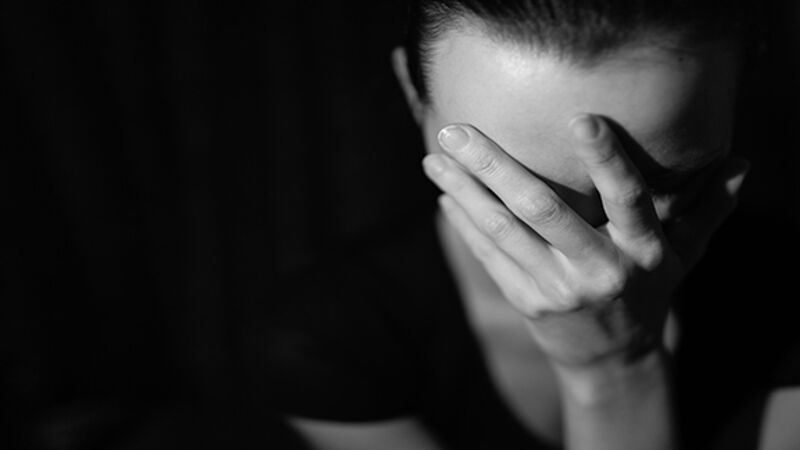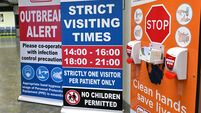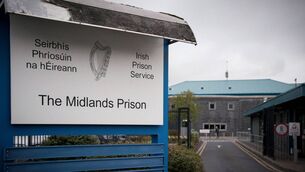Suicide of under-25s a major concern

The most recently confirmed records for suicide deaths, dating to 2013, show 487 people died that year.
The highest rates of suicide were among 45-54 year-olds, both men and women: a pattern that became more evident during the economic downturn.
However, according to Professor Ella Arensman, director of research at the National Suicide Research Foundation, Ireland’s youth suicide rate is the fourth highest in Europe after Lithuania, Estonia and Finland.
Director of the National Office for Suicide Prevention, Gerry Raleigh, said young people with mental health difficulties, young people wrestling with their sexuality, young Travellers, and youngsters at increased risk of homelessness and who have suffered abuse are the most at risk of suicide.
He said the overall figures indicate “ a stabilisation in suicide” across age groups.
However, the latest National Suicide Self Harm Registry, published yesterday, shows 8,791 people presented at emergency departments with self-harm on 11,189 occasions in 2015. The figure is nearly 10% higher than before the recession.
The rate of individuals of self-harm presentations was 204 per 100,000 — unchanged from 2014,but between 2011 and 2013 there were decreases, the report found.
The HSE’s National Office for Suicide Prevention has as its objective a 10% reduction in suicide rates by 2020.
Welcoming the reports, Mental Health Minister Helen McEntee said the Government is “committed to the implementation of Connecting for Life and reaching our 10% target for the reduction in suicide by 2020”.
“These reports highlight not only the rates of suicide and self-harm in Ireland but also the high level of evidence-based activity — from many different services and supports — in progressing the roll out of our national suicide prevention strategy,” she said.
Due to increased concerns about youth suicide, a youth taskforce has been set up to look at the high rates in this country.
But Dr Ella Arensman said “a lot of their work has already been done as the evidence is already there to show what works in preventing suicide”.
“There is robust evidence in place around training and supporting community facilitators such as guidance counsellors and GPs around suicide awareness. Furthermore, the ‘Saving and Empowering Young People’ project introduced positive mental health classes over a 9 week period in schools in Cork and Kerry. The project was shown to reduce levels of self-harm and were published in the Lancet, that project should be rolled out nationally,” she said.
As part of HSE investment in suicide prevention, 22 resource officers for suicide prevention are working in communities nationwide.
Pieta House CEO Brian Higgins said that, while the number of deaths by suicide and the amount of people engaging in self-harm appear to have levelled off since 2012, there are still “vast numbers of people in crisis across the country”.












